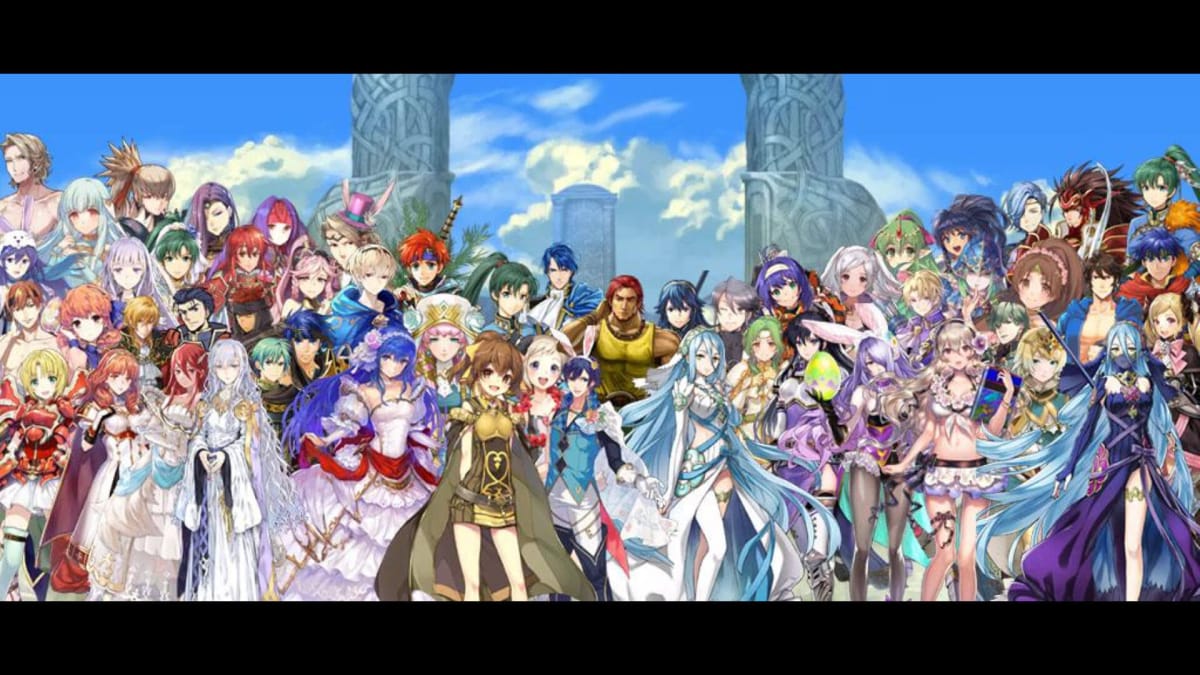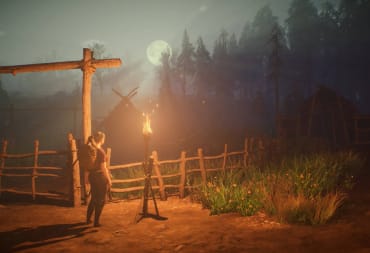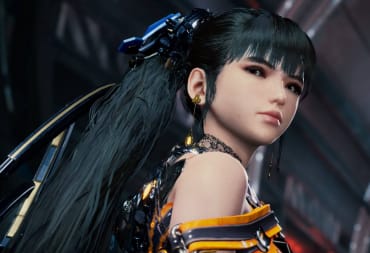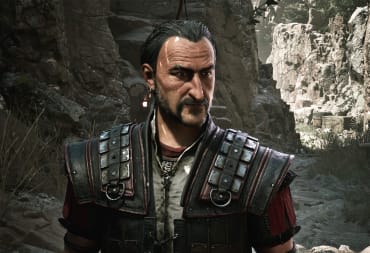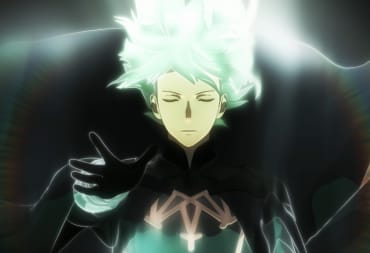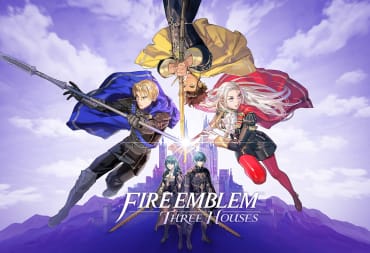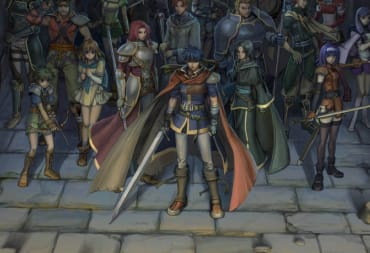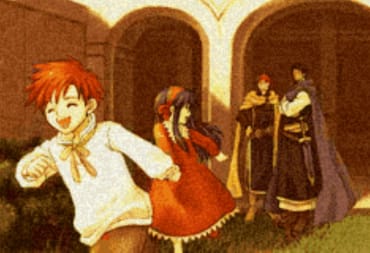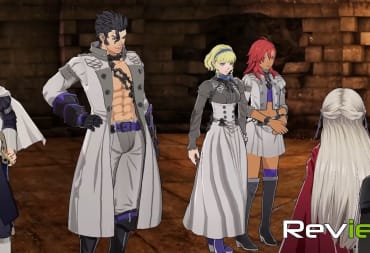Fire Emblem has grown to be one of Nintendo’s best sellers. Once a rather humble turn-based tactics game, it’s grown from an unknown entity outside of Japan to a flagship Nintendo franchise. But, how did it start? Where is it going? This is the first part of a four-part series on the origins and popularity of the grid-based game, beginning with its origins in Japan. With a half-dozen titles celebrating milestone anniversaries this spring, we at TechRaptor will elucidate on how the series has developed from its days on the Famicom.
Fire Emblem: The Very Beginnings (1987-1993)
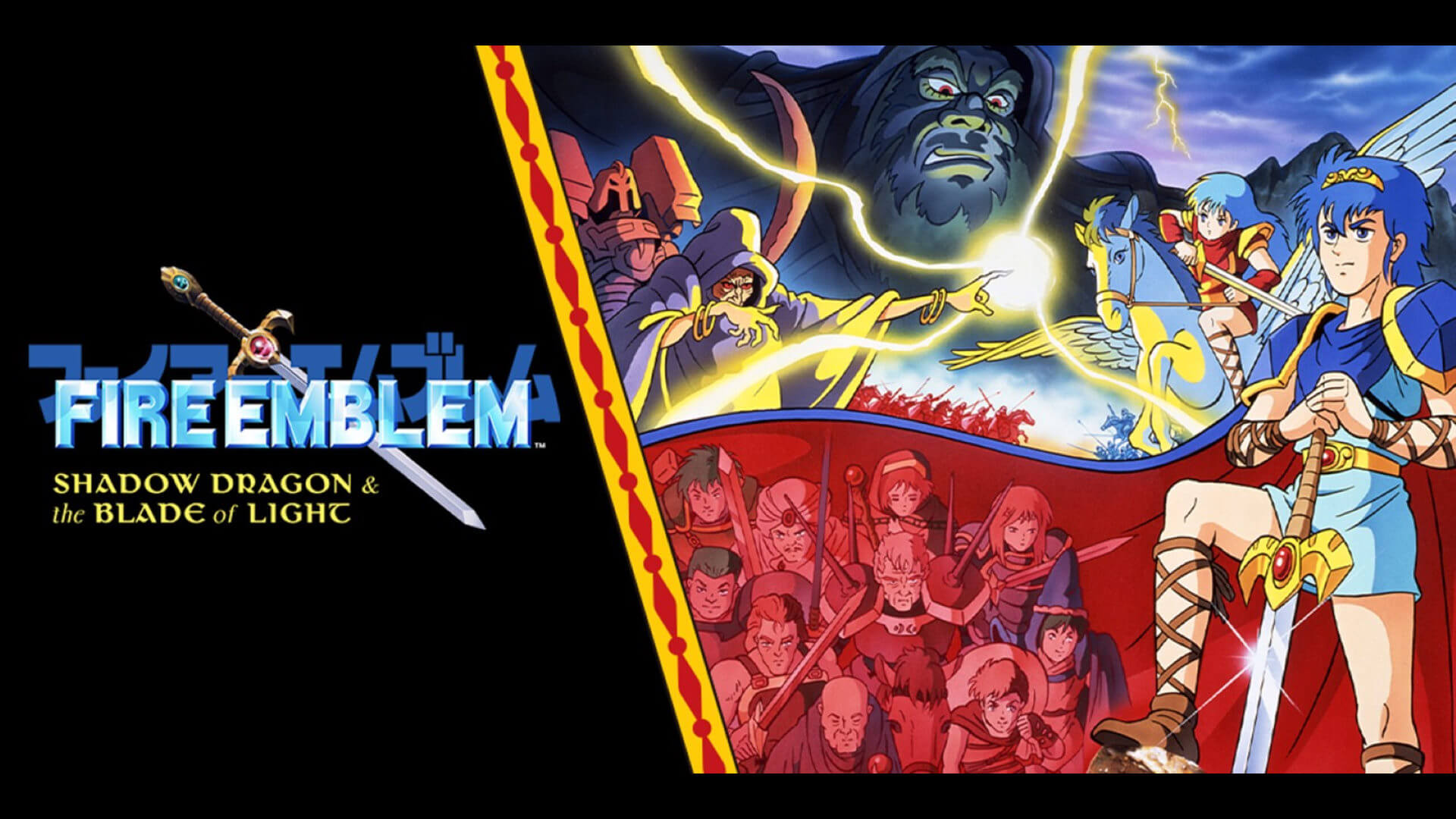
The first title, Fire Emblem: Shadow Dragon and the Blade of Light, began development in 1987 by Intelligent Systems on the Famicom system. Shouzou Kaga is widely credited with the creation of the series, working on each of the released games mentioned in this part. His interview in the April 1994 issue of Famicom Tsuushin indicated that he took lots of inspiration from Final Fantasy III.
"The height of my obsession with FFIII coincided with the development of the first Fire Emblem on the Famicom, so I feel like I may have taken a lot of influence from it."
By modern standards, the tactical gameplay of Shadow Dragon and the Blade of Light is rather barebones. It was rather difficult to follow and not impressive on a graphics front. The early reviews reflected this sentiment.
"When Fire Emblem first came out on the Famicom, the early reviews were really harsh. Every game magazine gave it pretty bad scores," Kaga said in the same April interview.
This first title still created many of the character archetypes and gameplay tropes seen today. It featured the concept of permadeath, where a fallen unit was no longer usable if slain or seriously injured in battle. This concept continued up until Fire Emblem: New Mystery of the Emblem, which made permadeath an optional feature. A two-tier promotion system allowed many units that achieve a certain level to promote into classes with better stats and possibly new proficiencies. Arenas, also a series mainstay, let players grind units and money in exchange for turns spent there.
Longtime fans understand that Fire Emblem recycles archetypes for its characters very frequently. An early-game second-tier unit with decent bases but poor stat growths is typically known as a Jagen, after Marth’s advisor. These units are often guardians or assistants to the main Lord. There are many of these archetypes, such as an early-game healer (a Lena), a thief (Julians), a pair of mounted knights, one serious and one laid-back, in red and green (Cains and Abels), and endgame characters with weak bases and poor availability but strong growths (Ests). Sometimes these archetypes split even further: Jagens with decent bases and acceptable growths are sometimes known as Oifeys instead. These familiar elements can help series veterans quickly acclimate to a new title. Marth himself was the first "blue-haired anime swordsman main character," after all, a trend that would continue throughout the franchise.
Like many sequels of the time, the second Fire Emblem game went in a radically different direction. Fire Emblem Gaiden released in March 1992 for the Famicom. With it came the ability to change classes at specific shrines and a traversable world map. It also introduced a rudimentary Support system where main characters Alm and Celica gained bonuses to critically hit when near each other. Many concepts from Gaiden were abandoned, but others were refined (like Supports) or made a resurgence in titles such as The Sacred Stones and Awakening. Gaiden did not receive an international release until the Shadows of Valentia remaster came out in 2017.
Fire Emblem: The Super Famicom Era (1994-2000)
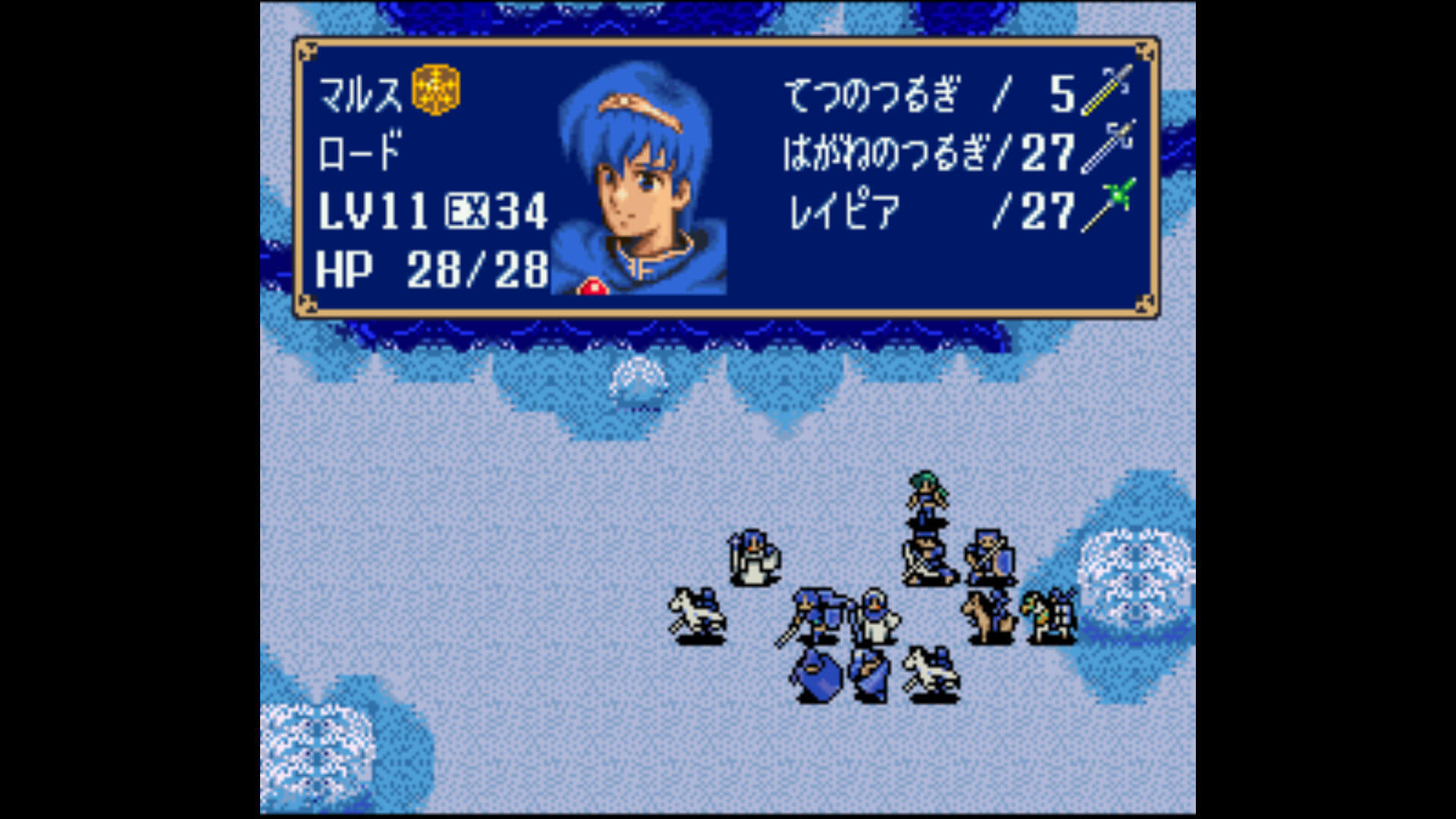
Mystery of the Emblem was the first Fire Emblem on the Super Famicom, and it included a partial remake of Shadow Dragon and the Blade of Light on the cartridge. Book 1 retells the story of the first game, with content such as classes and characters cut for space limitations. Book 2 acts as a sequel and is original content. The cartridge retained Gaiden’s battery RAM when it came to saves. Another feature was the ability to have your mounted units Dismount. Indoor maps even required you to field them as infantry. Despite its success, none of the ports or remakes for the 1994 title have ever left Japan.
Next came Fire Emblem: Genealogy of the Holy War. Another Japanese exclusive, this title brought in the concept of pairing characters and producing children via Supports. These children inherited things such as holy blood and stats, affecting whether they could use powerful artifacts. This second generation isn’t playable immediately, but the children take center stage after about halfway through the game. Another vital mechanic appeared in Genealogy of the Holy War as well: the Weapon Triangle. Light and fast swords beat strong and slow axes, which beat middle-of-the-road lances, which beat swords. Attacking with an advantageous weapon increases its accuracy and possibly power, with the reverse true for a disadvantageous weapon. The Trinity of Magic behaves similarly for schools and types of magic. The third big mechanic introduced in Genealogy of the Holy War is skills. These skills were organized by class and character, and they saw a big resurgence after the Game Boy Advance era.
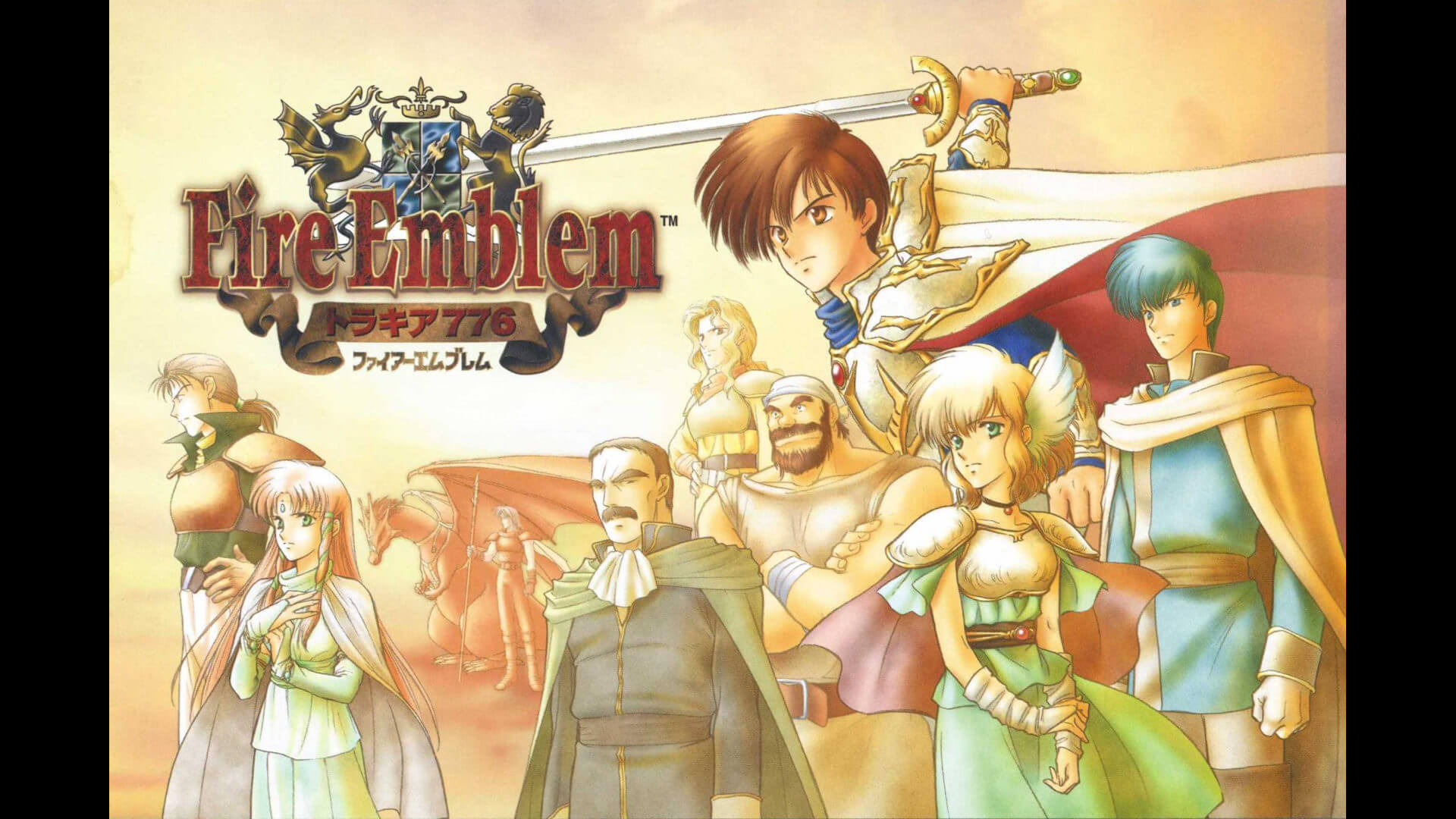
The events of the next game, Fire Emblem: Thracia 776, take place between the first and second parts of Genealogy of the Holy War. Prince Leif begins a rebellion in exile during the interlude. New concepts in this title included fog of war, which limited visibility, and "Gaiden Chapters," or side stories. The Rescue and Capture commands also originated here, allowing units to shield others from harm or capture them, respectively. Thracia 776 suffered anemic sales, due in no small part to its release circumstances. Despite being one of the best-sellers that year for the Super Famicom, it pulled in just over 150,000 units to date. It first appeared on the Nintendo Power service in 1999 before a physical box release the next year, the former much more popular than the latter. This was a game released on the Super Famicom several years into the Nintendo 64’s life cycle. Despite bringing in many now-standard game mechanics to Fire Emblem, the fifth entry in the series is mostly forgotten.
Perhaps even more obscure is the Archanea Saga, released for the Super Famicom’s Satellaview addon. Players could download the four short episodes and play them on their Super Famicom. Naturally, being 1997, this was incredibly inconvenient. The Satellaview has not broadcasted since 1999, meaning that the Archanea Saga is unplayable in the original episodic format. There were even time limits to complete the game before the broadcast window would close! Like other Satellaview games, it featured voice acting which was streamed during the broadcast. The episodes later appeared in Fire Emblem: New Mystery of the Emblem as bonus content with the time limit, voice acting, and convoy removed.
There was a single Fire Emblem title announced for the Nintendo 64. Ankoku no Miko (Maiden of Darkness) released only a single known screenshot in the guidebook for the series' 25th anniversary. It was quietly canceled several years after its announcement in 1997, but received a massive rework before rereleasing as The Binding Blade in March 2002 on the Game Boy Advance. The portraits definitely resemble the Game Boy Advance games in terms of shading and face design.
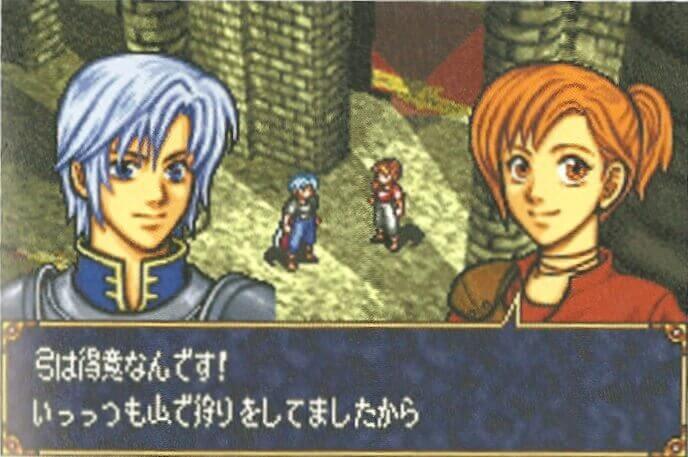
It would still be a short while before Fire Emblem crossed the ocean. Something surprising was about to break the dam and usher in a golden age. That something took the forms of a platform fighter and a little brick of a game system.
Find out how Fire Emblem became a portable phenomenon in Part 2, where we cover from The Binding Blade coming to American and European shores up to the Tellius duology.
Have a tip, or want to point out something we missed? Leave a Comment or e-mail us at tips@techraptor.net
